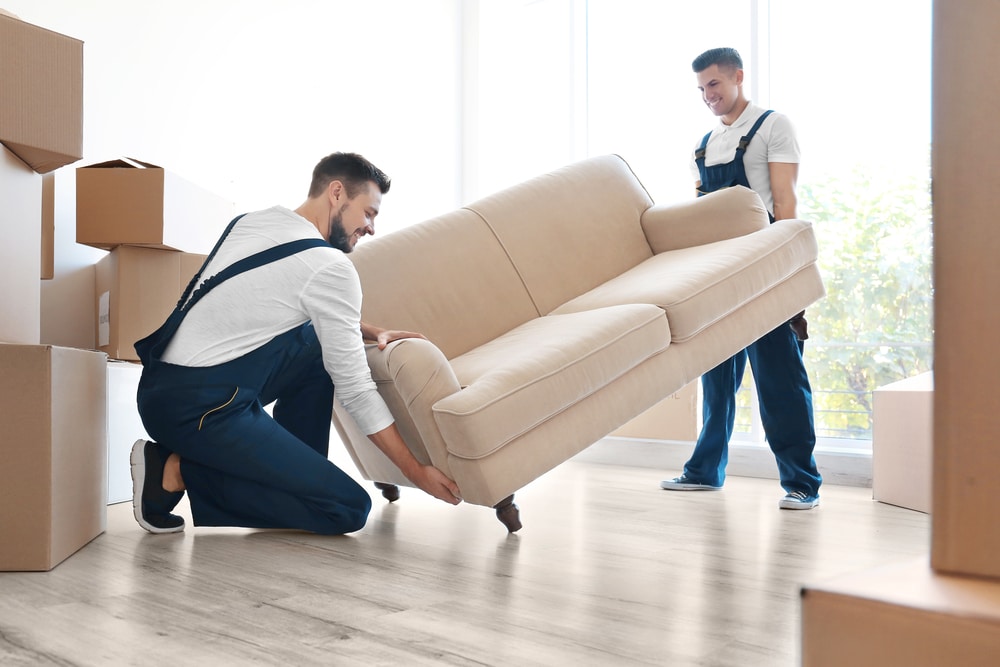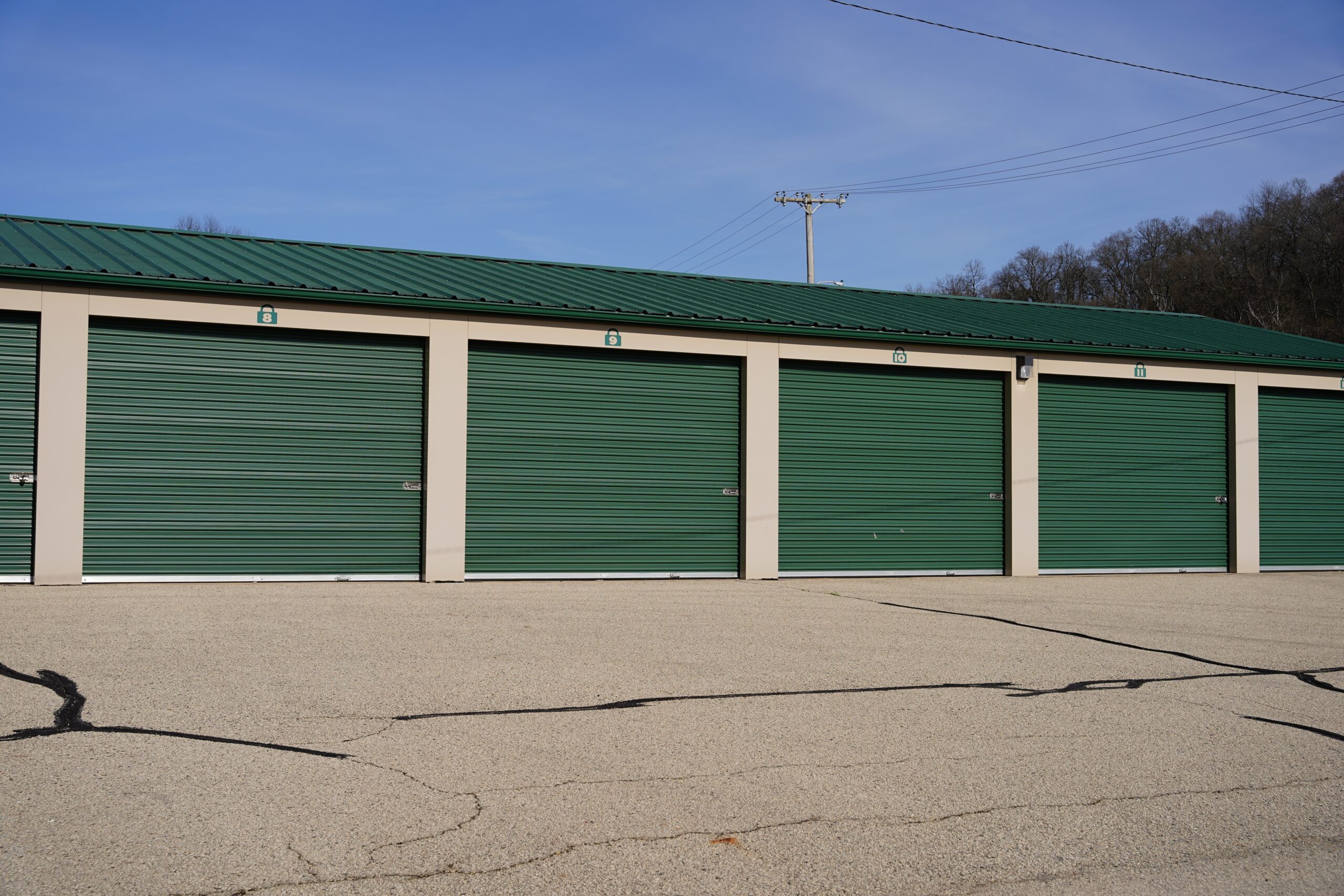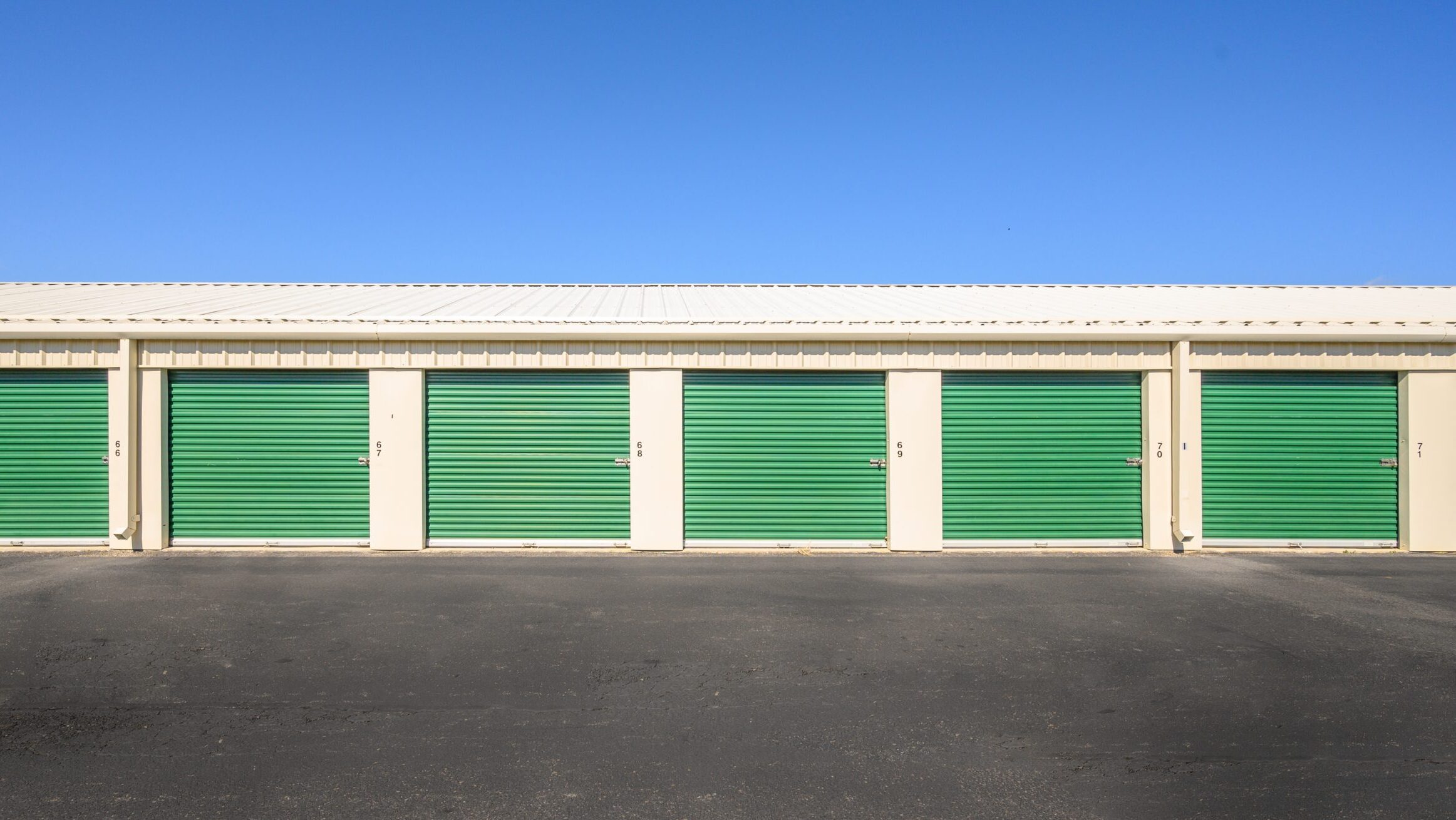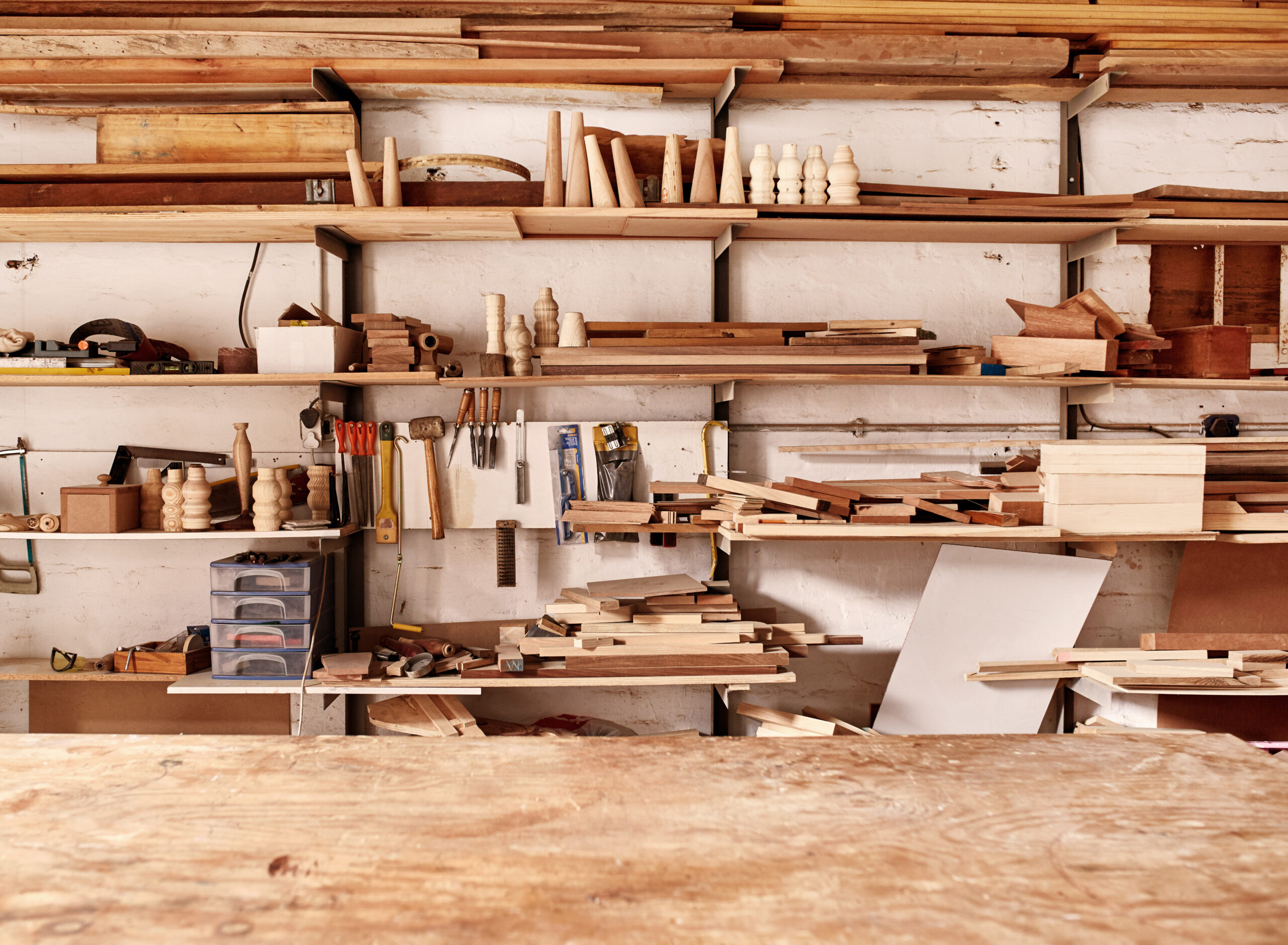Redoing your kitchen or living room? It sure goes smoother without having to worry about getting paint on your favorite couch. Or maybe you’re moving but your new pad isn’t ready yet. Where do you put all your stuff? And hey, maybe you just want to declutter and breathe a little easier in your own space. ‘I wish I could just snap my fingers and make some of this stuff disappear for a bit’ is a tempting thought, we get it.
Whether you’re jazzing up your home with a fresh coat of paint, moving to a new spot or just trying to make a little extra room to dance around, you are likely looking at how to store furniture safely. And we’re here to light the way with the best furniture storage tips and solutions out there.
Choose a Furniture Storage Location
Now that you’ve decided to stash away some furniture to clear up space or during a home makeover, where’s the best spot to keep everything safe and sound?
Storing Furniture At Home
If you have extra space in the garage, attic or basement, your home may be the first go-to for storing furniture. And if you only need to do that for a couple of days, that’s fine. The real problem is if you need long-term storage options. Here’s why:
Garage: While it’s handy, not all furniture will be happy there. Wooden pieces can throw a fit (think warping and cracking) with the temperature rollercoaster, and upholstered items might just invite pests over for a party. Plus, let’s not forget about those chemical fumes from your car. If you’re going for the garage, think short-term and wrap things up well.
Basement: Cozy and out of the way, but is it dry? Basements can be hit or miss. A dry, finished basement can be a furniture haven, but a damp, leak-prone one is a no-go zone for your wooden and fabric pieces. Furniture pieces with electronic components, such as massage chairs or power reclining sofas, don’t pair well with moisture either. Plus, going up and down stairs with heavy furniture can be a workout you didn’t sign up for.
Attic: It’s out of the way, sure, but attics can get hot or cold in extreme ways. That’s not ideal for your cherished wooden bed frame or that comfy armchair. Again, the stairs are an issue, so it may be fit only for small, durable items. Also, think twice if it’s for the long haul. This is especially true for seasonal items, like patio sets. Check out our guide on how to store outdoor furniture for winter to make sure it’s protected year-round.
Storing Furniture in a Storage Unit
For the ultimate protection in storing furniture for a long period of time, a self-storage unit is your best bet, but not just any unit. Here’s what storage options to look for:
- Climate-controlled environment: Keep your furniture in a Goldilocks zone — not too hot, not too cold and at the right humidity level. This keeps warps, rust and mold at bay.
- Pest-free: Good storage facilities are on guard duty against pests, so your furniture won’t turn into a bug bed-and-breakfast.
- Right size: From just a few items to an entire house’s worth, there’s a space that’s just right. Pick the size that fits your stash — if it’s too large, you end up paying too much for it, but if it’s a tight space you risk scratching your furniture.
- Accessibility: Look for units with drive-up access, otherwise loading and unloading your furniture will be more painful than they have to be.
Clean and Prepare Furniture for Storage
Before your furniture takes a little vacation in storage, a proper send-off with a good cleaning can make all the difference. Why? Clean furniture is happy furniture, and it’s less likely to attract unwanted guests like mold or pests.
| Plastic | Wash with dish soap and warm water. |
| Wood | Use a gentle wood cleaner and polish it with wood wax or a mixture of 1 part vinegar to 4 parts olive oil. |
| Upholstery | Vacuum, steam-clean and use a fabric cleaner if needed. Make sure it’s completely dry before storing to avoid moldy surprises. |
| Metal | A polishing cloth and some metal cleaner will help fend off tarnish and oxidation. |
| Leather | Vacuum, use a leather cleaner and add a leather protector or conditioner. |
Before it heads out, take apart whatever furniture you can. This means desks, bookshelves, tables, you name it. Removing drawers, unscrewing legs and detaching any removable parts saves space and prevents damage during the move.
Bag and tag all those tiny screws and bolts and keep the bag close to its furniture friend. The label should say what piece they belong to for easy reassembly.
Protect Furniture in Storage
Whether storing furniture in a storage unit or at home, covers and wraps are your trustworthy friends, as they shield it from dust and moisture.
- Use breathable covers to protect against dust and moisture and drape them loosely to allow the air to flow. No need to buy special covers; old sheets, blankets or drop cloths will do just fine.
- Avoid thick plastic wrap. While it might seem like a good shield, it will actually trap moisture inside, which can lead to swelling or mold. Bubble wrap isn’t suitable either.
- Don’t forget the ground beneath. Lay down thick plastic sheeting on the floor to block moisture from sneaking up into your furniture.
Packing Furniture for Storage
If you’ve decided on storing furniture in a storage unit, you have to pack it properly for moving, even if it’s only a short distance.
- Start with the big items. This helps plan the layout of your storage space more effectively.
- Use bubble wrap for delicate pieces of furniture, like protruding edges, to avoid damage.
- Wrap the entire piece in moving blankets or soft fabric to prevent scratches. Secure with tape but be cautious not to let the tape touch the furniture’s surface.
- Use paper or cloth padding to fill in gaps and around ornate details for extra cushioning.
- A layer of shrink wrap keeps everything tight and clean, stopping dust and dirt in their tracks.
- Add corner guards — corrugated cardboard is a great choice here.
- Wrap glass table tops and mirrors with packing paper, followed by a layer of bubble wrap. For extra security, opt for a flat box that resembles the shape of the glass piece. Avoid placing tape directly on the glass to prevent residue.
Pro tip: Make sure to remove any plastic or tight wraps once the furniture reaches its destination.
Stacking and Arranging Furniture in Storage
Stacking your furniture might seem like a clever move to free up some space, but it’s not a good idea at all. Sure, you’re not going to place your hefty sofa on top of a delicate table, but the other way around isn’t right either.
The goal is to place furniture side by side, giving each piece its own personal space and breathing room in storage. For good airflow, aim for a few inches between items and also between them and the wall. Oh, and don’t forget to map out some walkways.
Furniture Storage Solutions at Your Fingertips
Storing your furniture smartly doesn’t need to be complicated. Key steps? Make sure all pieces are clean and dry before you tuck them away. Opting for a spot where the climate is under control is a big win, too. And when it comes to packing them up, think “loose covers and plenty of air.”
Here’s another idea: Drop by and check on your stored items occasionally. A brief visit every couple of months can help you spot any potential problems early on. Now, armed with these furniture storage tips, you’re all set to keep it secure and in mint condition until it’s time to bring it back out.






